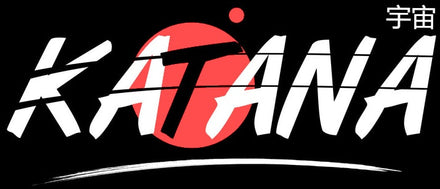When it comes to choosing an authentic and high-quality katana, the choice of blade material is crucial. The different types of steel used to craft katanas have unique characteristics that affect the durability, performance, and appearance of the blade. In this article, we will take a close look at three of the most popular steels used in katana manufacturing: manganese steel, spring steel, and carbon steel T-10.
Manganese Steel: The Fusion of Durability and Flexibility

Manganese steel is renowned for its wear resistance and great flexibility. It is often used in the production of katana blades intended for intense use, such as real combat or martial arts. The addition of manganese to the steel increases its hardness and impact resistance, making it an ideal choice for advanced users.
This steel variant is also known for its ability to retain its sharpness, meaning you won't need to sharpen your blade frequently. However, manganese steel can be relatively difficult to work and forge, which is often reflected in the price of katanas made with this material.
Spring Steel: The Fusion of Tradition and Robustness

Spring steel is a commonly used material in the manufacturing of traditional katanas. It is valued for its strength, durability, and ability to maintain an exceptional edge. As the name suggests, this steel is often sourced from automobile or industrial springs, giving it a specific chemical composition.
Spring steel blades are known for their impact resistance, making them ideal for training exercises and demonstrations. Additionally, these blades offer a unique aesthetic, with color and texture variations that attest to the history of the steel used.
Carbon Steel T-10: The Fusion of Sharpness and Performance

Carbon steel T-10 is highly prized by katana enthusiasts for its sharpness and outstanding cutting performance. It is a premium steel with a high carbon content, giving it remarkable hardness. T-10 steel blades are renowned for their ability to cut through various materials with great ease.
However, due to its increased hardness, carbon steel T-10 may be more prone to brittleness compared to other types of steel. Therefore, it is important to take care of your blade and use it with caution to avoid any potential damage.
Conclusion
When choosing a katana, the blade material plays an essential role in its durability, performance, and overall appearance. Whether you opt for manganese steel, spring steel, or carbon steel T-10, make sure to consider your needs, skill level, and budget.
Choosing the right steel for your katana will allow you to enjoy an optimal cutting experience and own a functional and aesthetic piece of art. Make your choice and dive into the fascinating world of high-quality katanas.















